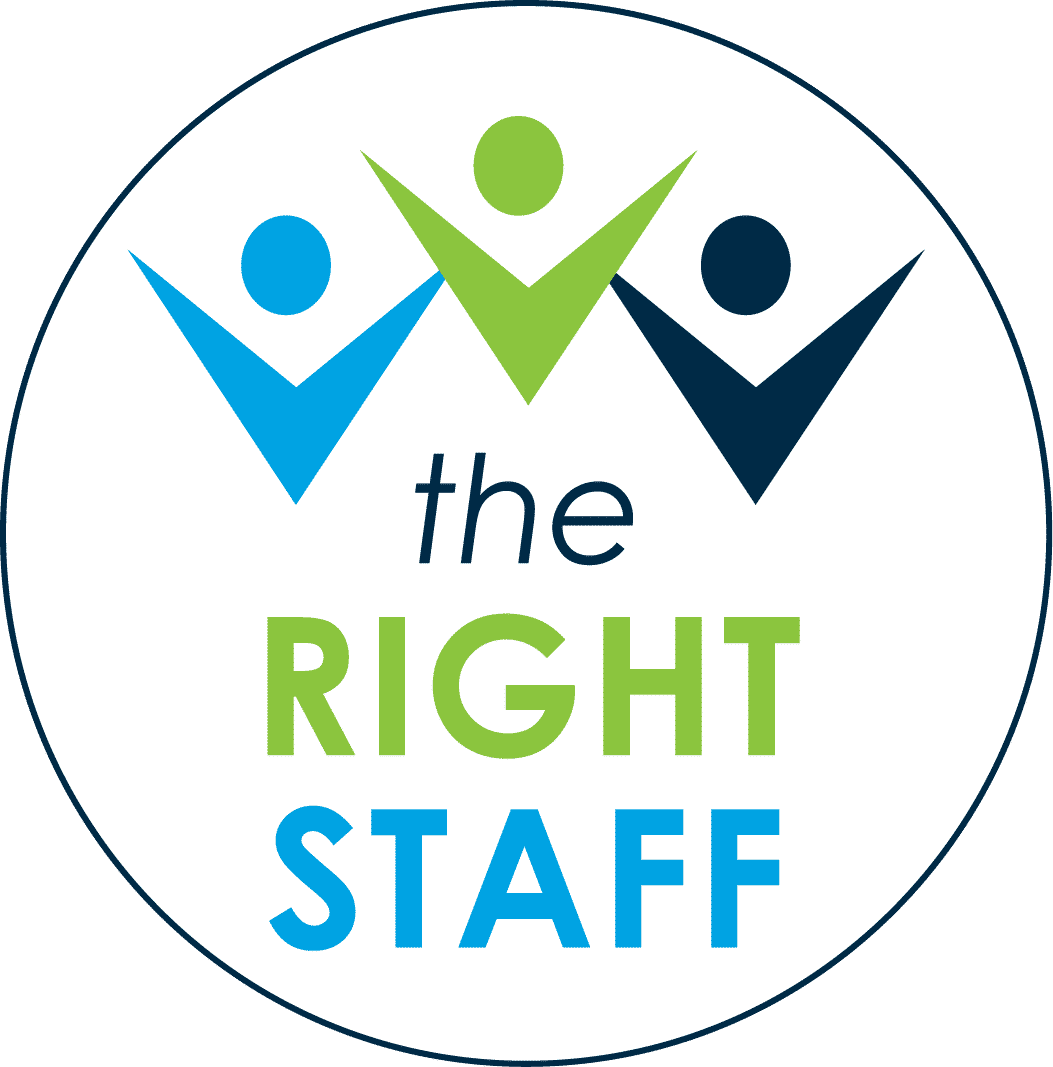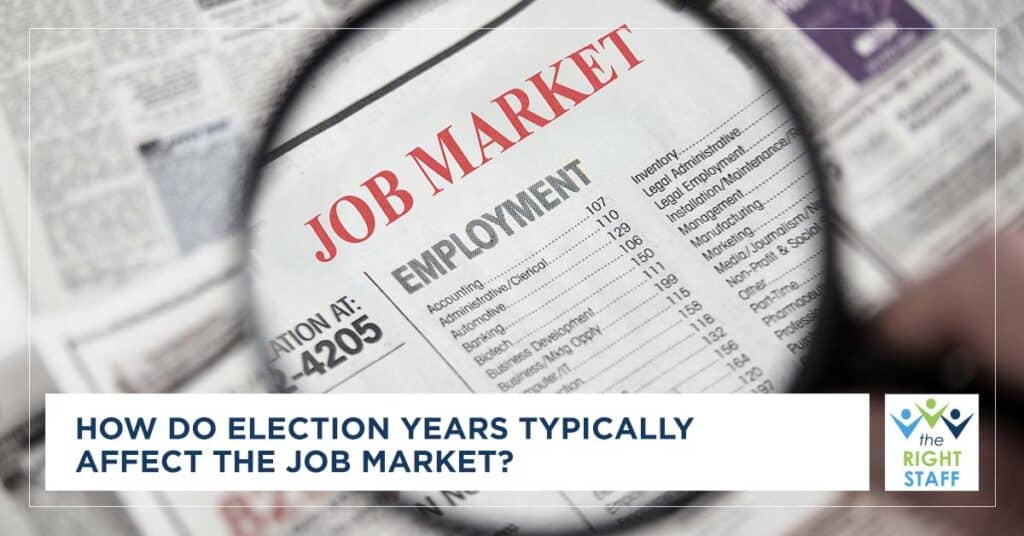As 2013 draws to a close, many hiring managers spend time wrapping up their files from the year and storing them according to the company’s usual protocol. While being prepared to launch into 2014 matters, so does taking a moment to examine your staffing data from 2013. What you learn from last year may help you hire more strategically in the new year.
Data collection, analysis, and implementation is big business, but even small businesses are starting to realize its value. Although most organizations still focus on collecting “external” data that provides key information about customers, clients, and services, companies that focus on their “internal” human resources data may find a wealth of information just waiting to be used to its best effect.
Focusing on a few key data points in 2014 can help you create a strategic staffing plan that drives your business forward by providing the people you need most. When you talk to your recruiter about next year’s staffing goals, keep these three critical data points in mind:
Generational hiring and employment trends
Studies show that members of the “Baby Boomer” generation work differently than the 20-somethings who currently make up the “Millennial” generation – and that both differ from the “Generation X” that separates them.
Actively recruiting qualified candidates from multiple generations helps an organization appeal to top candidates and prospective customers alike, while providing the broadest possible range of perspectives from which to tackle tough problems creatively. Analyzing this data helps human resources professionals pick ideal candidates to target in the future.
Employee satisfaction
Tracking employee satisfaction provides a window into employee turnover and retention, allowing managers to focus on reducing the first while boosting the second. While predicting which employees will stay and which will leave is never an exact science, any insight can help companies keep valuable employees – especially when studies indicate that as many as 86 percent of full-time U.S. workers are open to switching jobs in the next year.
Retirement forecasts and reviews
When analyzing your company’s human resources data, take a moment to look at which employees are nearing retirement age and which skill sets they possess. These are the places in which your organization may face a “skills gap” unless hiring managers make active plans to replace the employees who are most likely to retire. Then, discuss with your staffing partner how to recruit top candidates with the skills your organization needs, or focus on internal training and development programs to bring current employees up to speed.
The experienced recruiters at THE RIGHT STAFF LLC can help you make smarter staffing decisions in 2014 and beyond. Contact us today to learn more.



